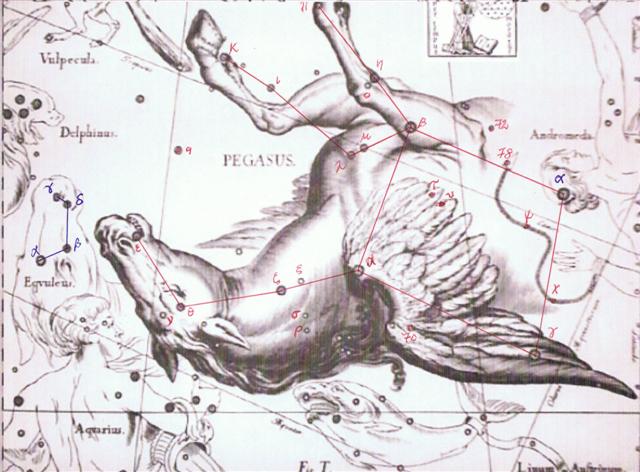Next step cannot go all the way to vero in Cb8-6, because we need be certain we understand what is happening at February 29. This is my previous description:
Glyph 526 (Cb6-19) - 182 = 344 which agrees with Matar (η Pegasi at the 'knee' joint of the right foreleg of the Flying Horse). February 28 is Gregorian day 31 + 28 = 59 and 59 - 80 (March 21) = - 21, which agrees with 344 (Matar) - 365. February 28 (59) + 184 = 243, but this is the wrong method. We must keep to the method we used at Kochab and Bharani:
I.e. we should count August 28 (240) + 184 = 424 (February 28) = 365 + 59. And then 424 - 80 (March 21) = 344 for Matar. The RA date opposite to that of Matar must be 240 - 80 = 160. So far everything is in good order. But Cb6-20 'carries' no RA day, which clearly must be corrected. A new description:
118 = 2 * 59. Notably August 30 (242) has a day number which (in a normal non-leap year) equals twice that for May 1. Which implies that November 1 (305) + 121 = 426 (March 1 in a leap year). 528 (Cb6-21) = 2 * 264 = 11 * 48. 528 - 182 = RA day 346 = March 1, because there are 19 days to March 21 and 346 + 19 = 365. August 30 (242) + 184 = 426 (March 1). 242 (August 30) - 80 (March 21) = 162 = the RA day for Vathorz Posterior (θ Carinae). I have used the notation February "28 (with the sign " representing the Latin bis) in order to allude to bis-sextum: ... The leap day was introduced as part of the Julian reform. The day following the Terminalia (February 23) was doubled, forming the 'bis sextum - literally 'double sixth', since February 24 was 'the sixth day before the Kalends of March' using Roman inclusive counting (March 1 was the 'first day'). Although exceptions exist, the first day of the bis sextum (February 24) was usually regarded as the intercalated or 'bissextile' day since the third century. February 29 came to be regarded as the leap day when the Roman system of numbering days was replaced by sequential numbering in the late Middle Ages ... The stars λ and μ Pegasi are close together, and λ is at a corner:
The letter λ is suitable for the dark corner at February 29:
| ||||||||||||||||||||||||||||||||||||||||||||||||||||||||||||||||||||||||||||||||||||||||||



